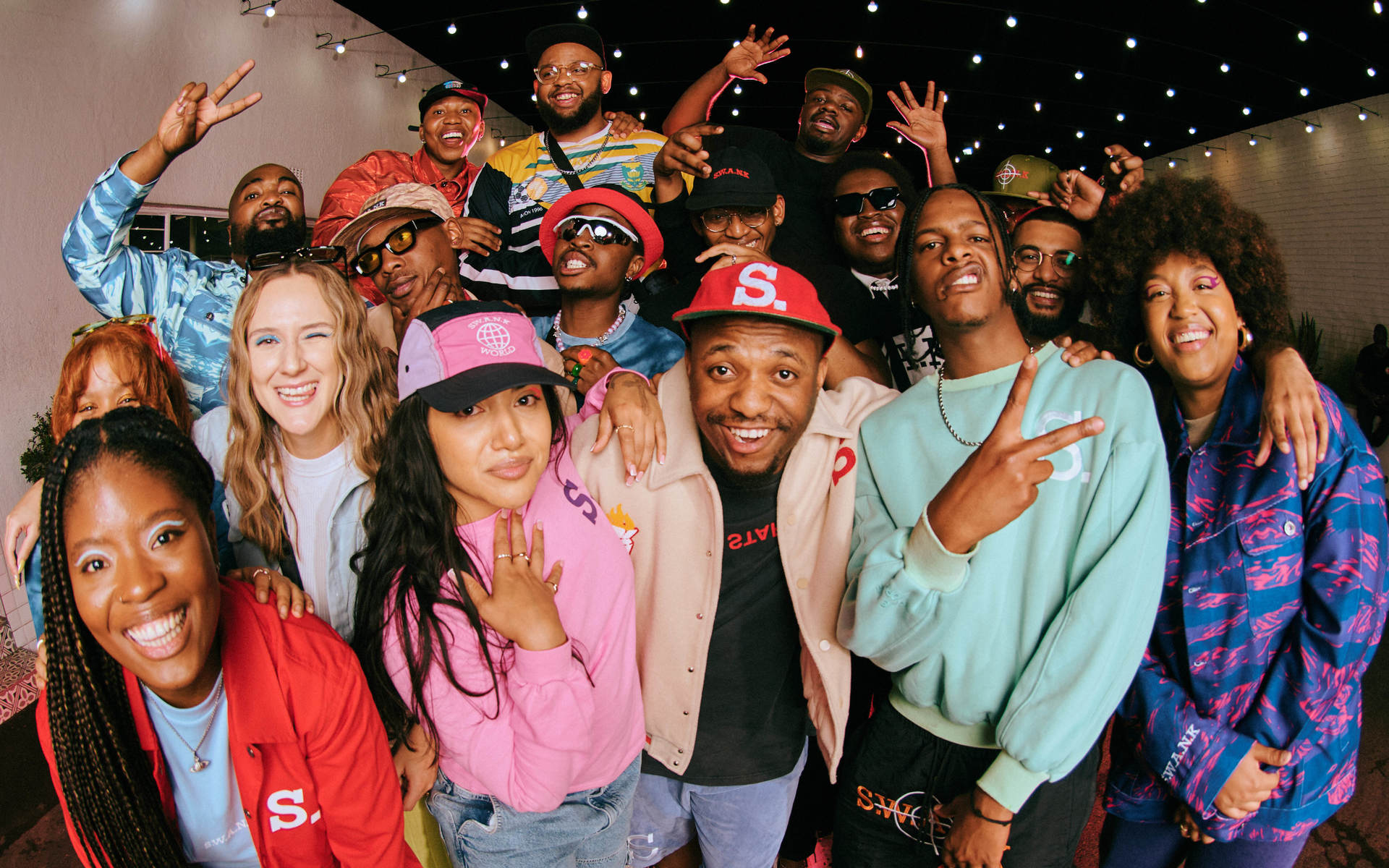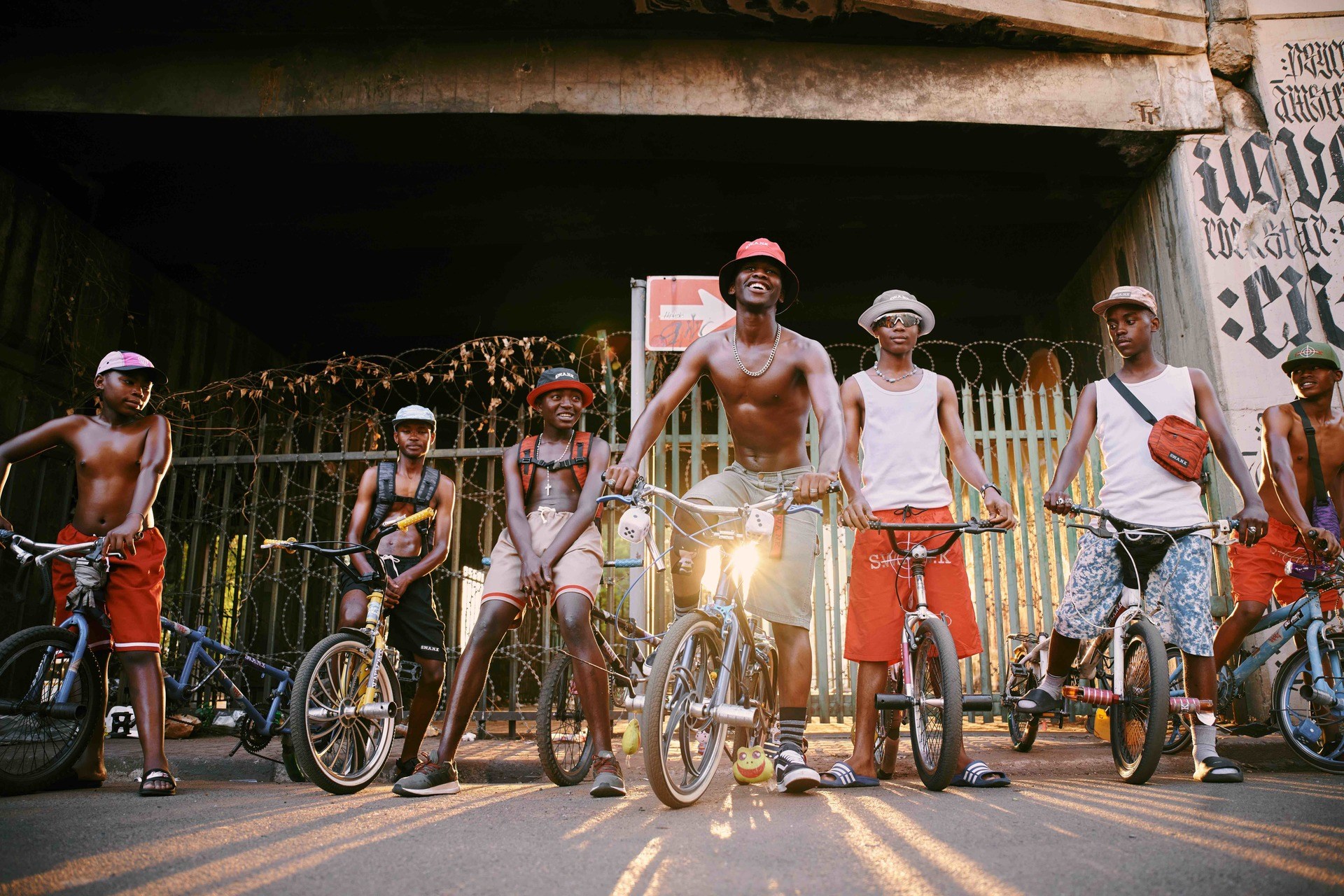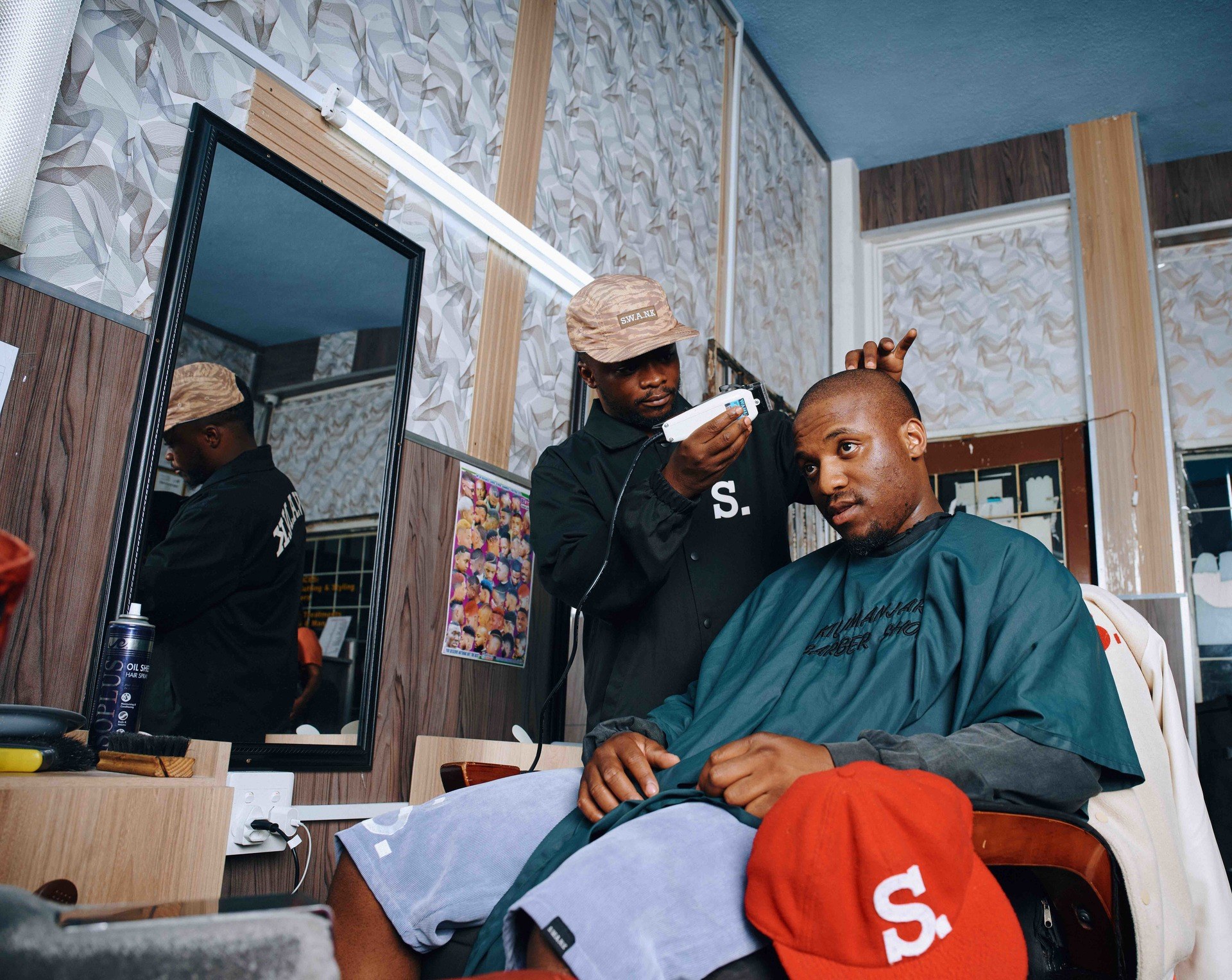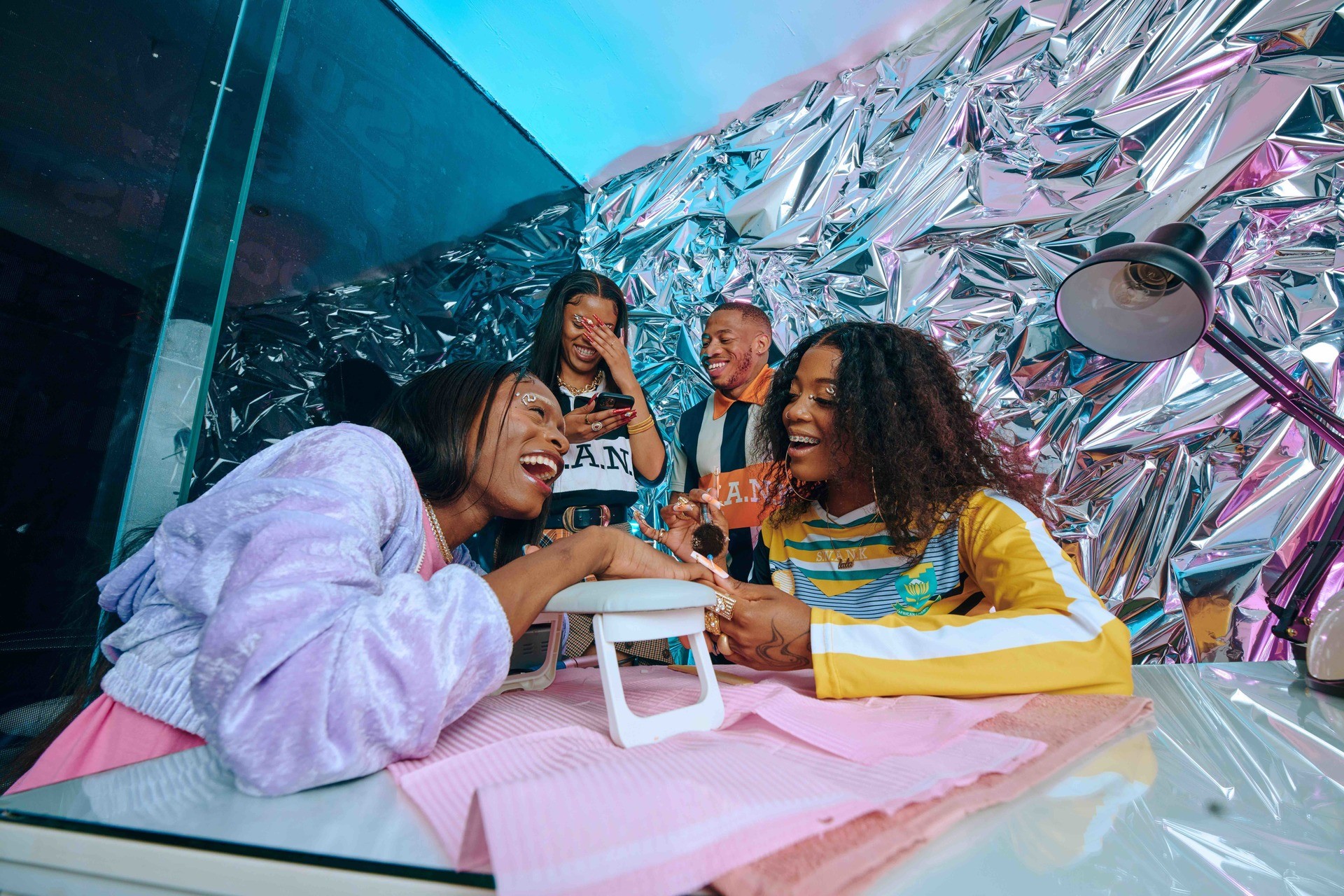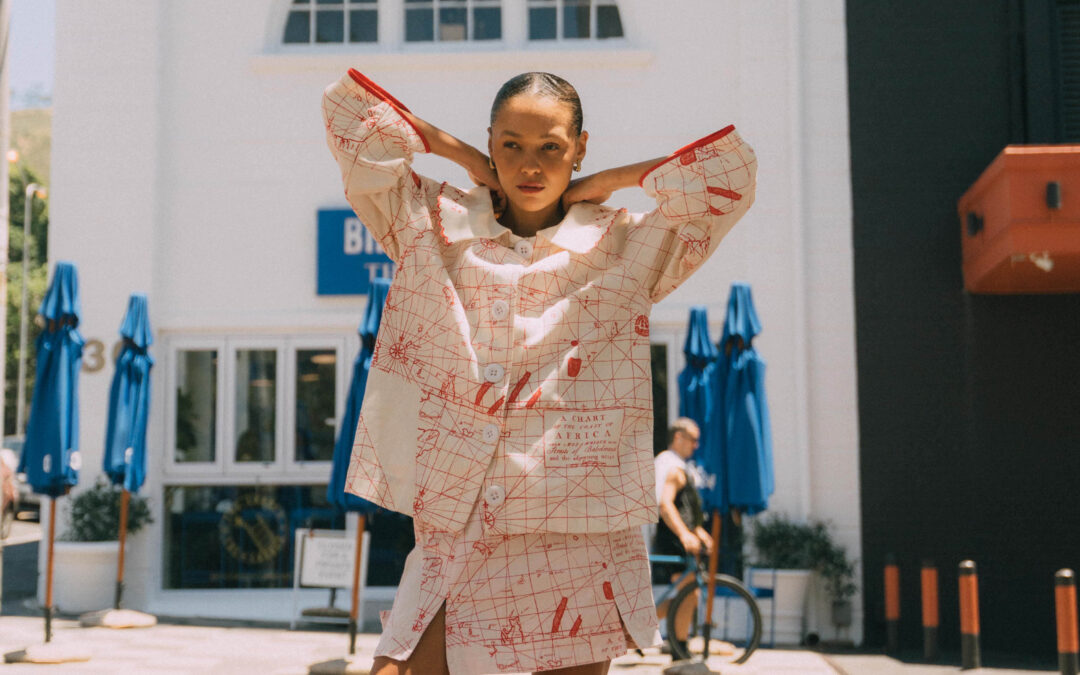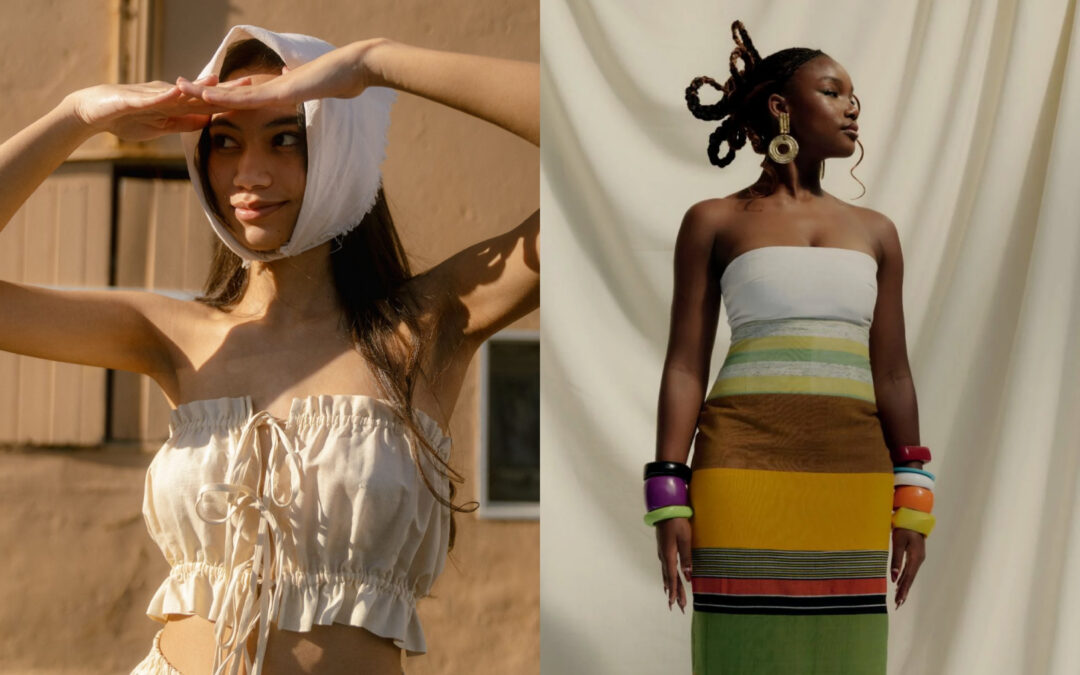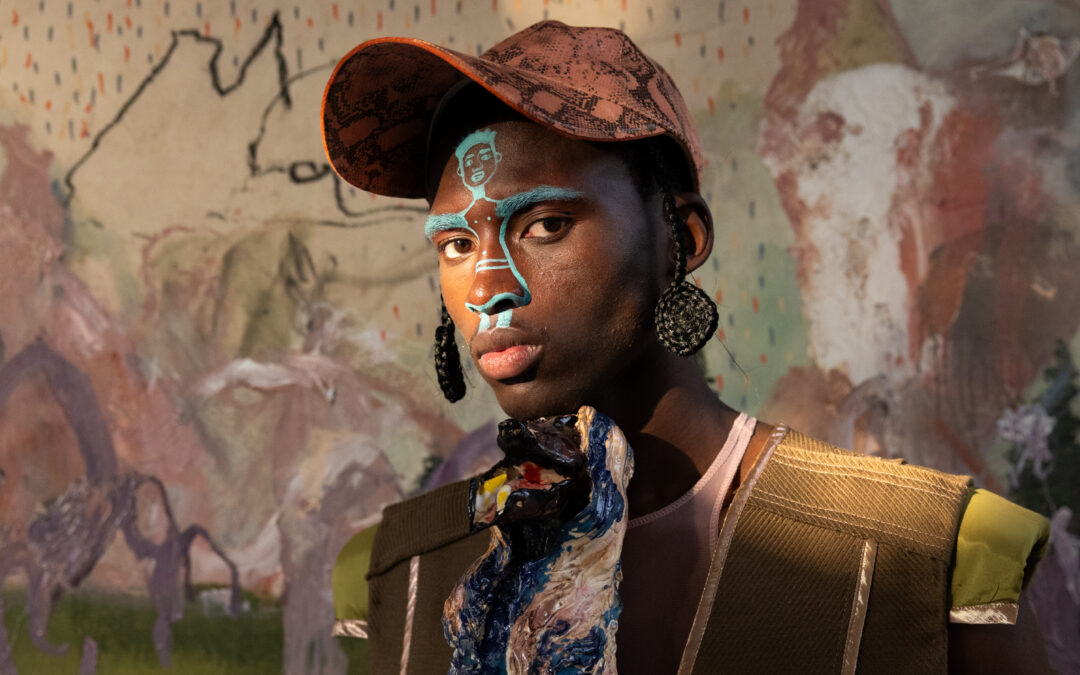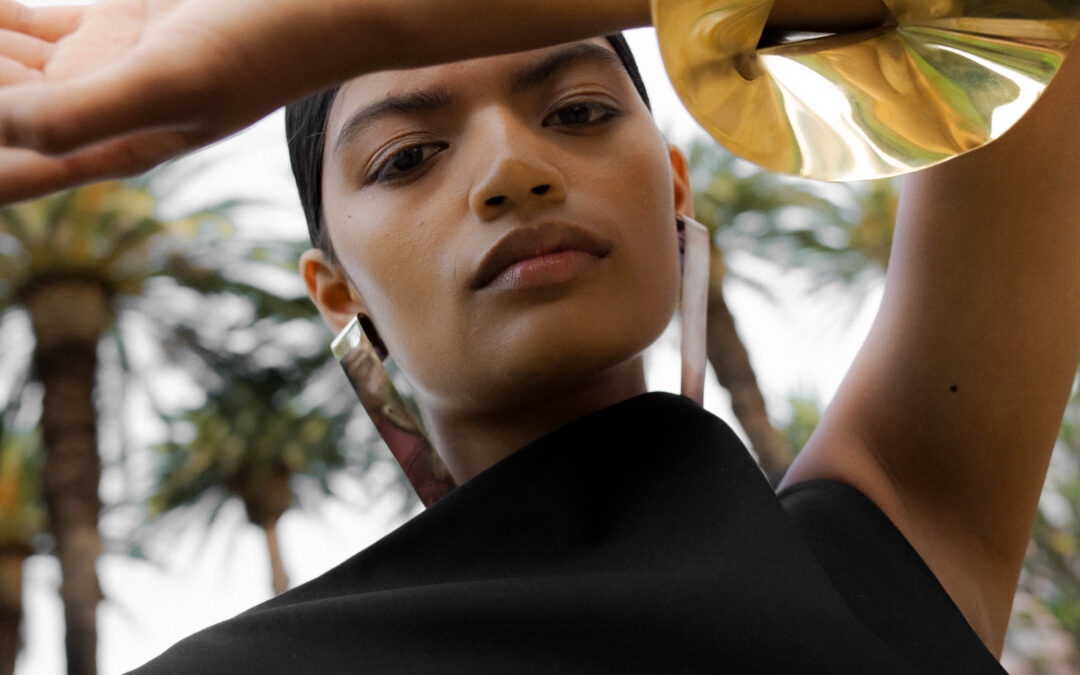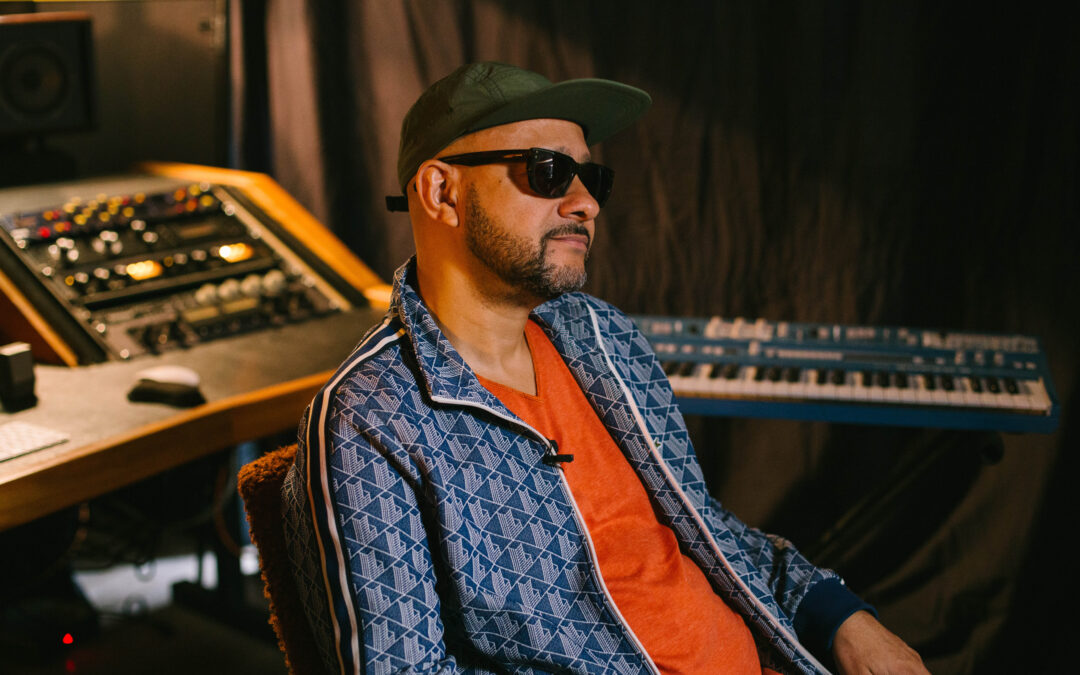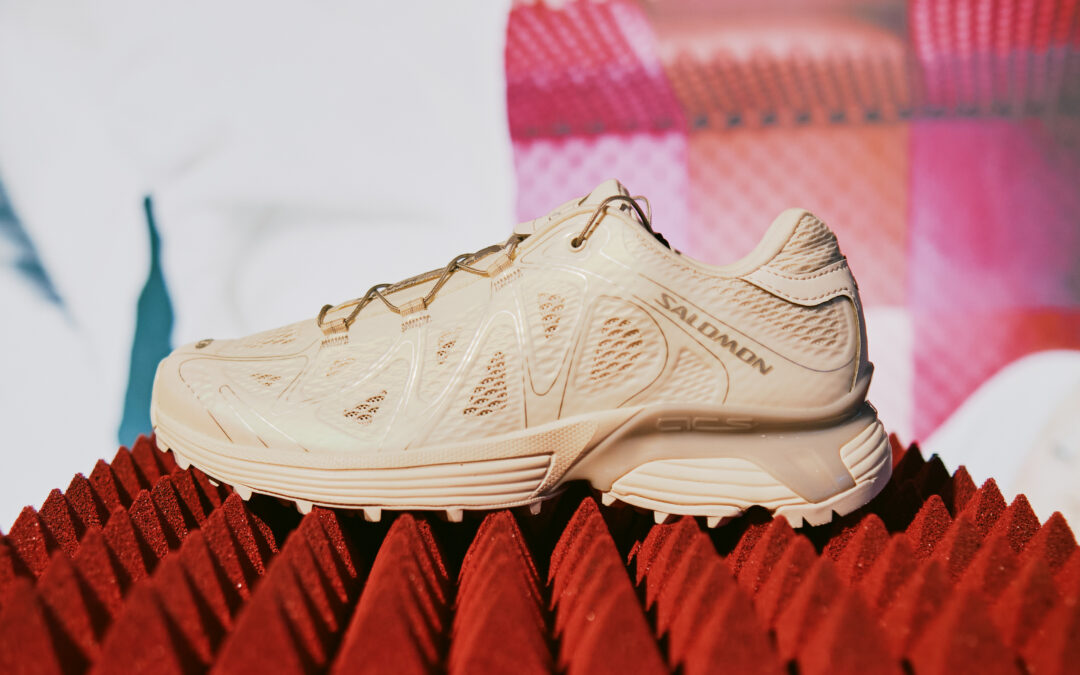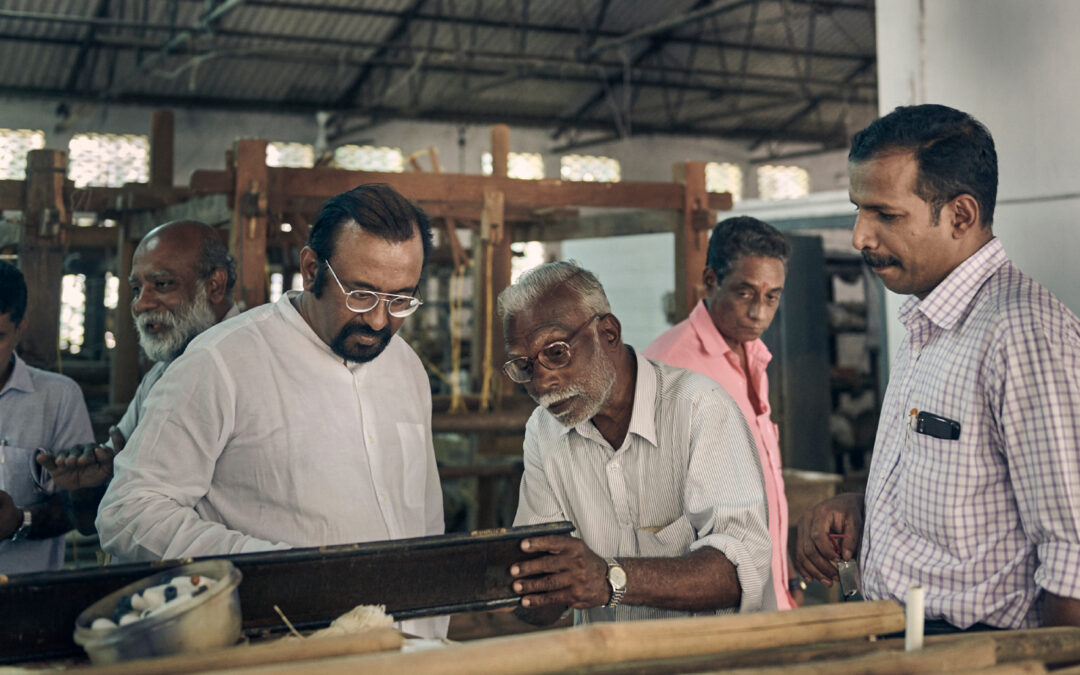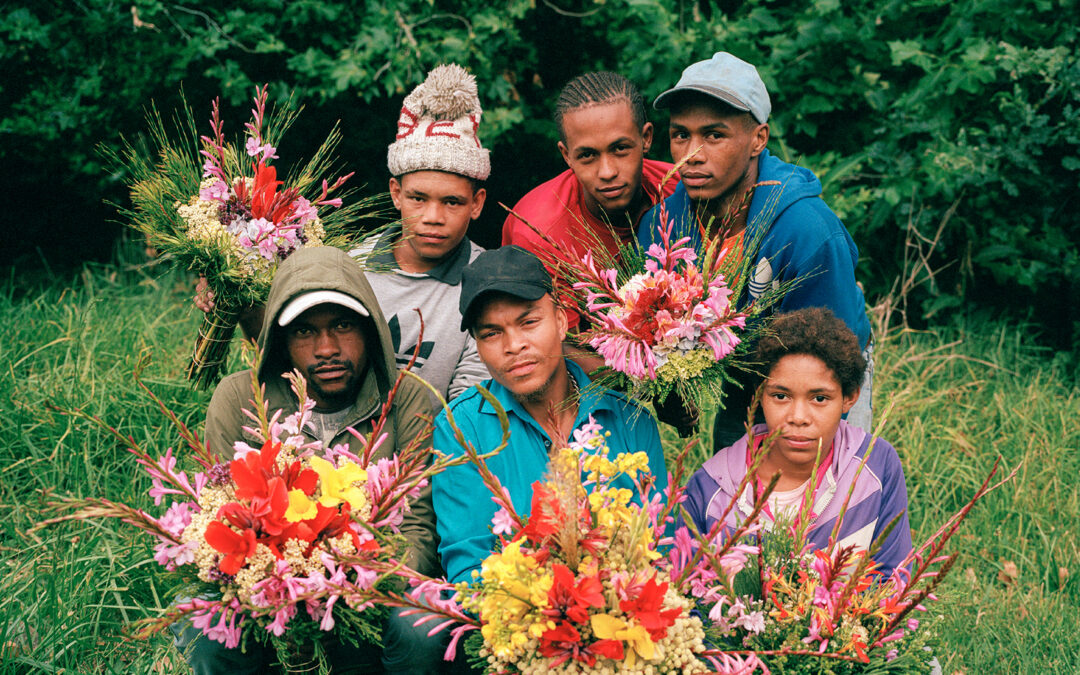2013 was a turning point for streetwear. Previously, the movement was confined to subcultural corners – most notably, hip hop and skateboarding scenes – and with the onset of 2013, Supreme was about to go even more stratospheric than in the late 2000s, along with Palace and the resurgence of Stüssy, to name a few. It’s strange to cast our memories back to this time and realise that streetwear technically hadn’t hit the mainstream; but it was about to unseat even the cult of luxury fashion as the single biggest sector of growth in apparel and culture. In Joburg, in 2013, creative visionary Lindelani Nedoboni was cooking up his own storm, too.
Drawn from his deeply abiding love for streetwear, Lindelani’s S.W.A.N.K was conceived as his personal footnote, from Jozi and his community, to what he could see as this growing movement. I think it has to be noted that S.W.A.N.K is an OG incarnation of the South African possibilities of streetwear – and to Lindelani and his community, much is owed in the expression of streetwear as we understand it today, in our country’s context.
Their accolades are many and counting. In November 2021, S.W.A.N.K unveiled their exclusive store at 70 Juta Street in Braamfontein, placing themselves at the epicentre of Jozi’s scene. By April 2023, they expanded their reach by featuring their merchandise in ARCHIVE storefronts across South Africa. With five delivery drops to date and regular DIY ‘Data It Yourself’ sessions at their pop-ups and warehouse sales, S.W.A.N.K has cemented their presence. They’ve launched their own fantasy football jersey, rendered garments in Augmented Reality, hosted sound sessions, and incorporated the street art identity of ‘Who is TAPZ’ into their designs, showcasing their commitment to innovation and cultural relevance.
To celebrate their anniversary, the brand released an incredible film made in collaboration with director Koketso Matabane, charting some of S.W.A.N.K’s lore, distilling the most crucial aspect of the brand’s legacy: community. Now, the brand has launched WORKSHOP* – the revamp of their store, with a new vision for brick and mortar retail – as a place to ‘work, shop and create’. As their press release for the film ‘S.W.A.N.K IS HUGE’ states, “S.W.A.N.K ‘s 10 year anniversary is not something we take lightly. The weeks, months and years of planning, designing, curating drops, perfecting samples and pieces that are yet to be shown, at times, causes creative overdrive. To handle the success S.W.A.N.K has accumulated over the years goes hand in hand with developing the ability to bear the strain of this responsibility – it goes without saying, heavy is the head that wears the crown.”
Director & Writer: @bongiekokie
Producer: @thandeka_mahuma
DOP: @joshlevi.za
1st AD: Kgabiso Van Wyk
Focus Puller: Mari Schultz
DIT / VT: Nhlakanipho Nhlapo
Grips & Gaffer: Thapelo Mvubu & Lesego Letsoalo
Art Director: @whereareyoutalent
Wardrobe Stylist: @bohemian_______
MUA: @monlouw
Photography Team: @king_henry_iiv
MemoPA’s: @directedbydan @___xpest
Catering: Joy Mhlongo
POST PRODUCTION Facility: @postmodernstudios
Editor: @lovewillmono
Colour Grade: @stroobzz
Music: @tigerfightmusic
Tuning in from the entirely monochromatic crimson walls of WORKSHOP* (truly iconic, design-wise), this conversation with Lindelani is reflective of the endurance that is required to bring an idea towards a full decade of existence. On the origin of the brand, all the way back in 2013, Lindelani explains that “In high school, I was driven to create something like S.W.A.N.K – it’s even referenced in the film, where you see the young guy riding out selling caps from his sports bag. That’s a biographical reference, and how it started. The whole idea for us was to create something that at the time, we didn’t think existed. We wanted to see streetwear with a local touch, a local story and a sense of community – while being inspired by the global approach and output at the time. That really informed the inception of SWANK. I think that image of the hustling teenager selling SWANK still encapsulates the spirit of the brand.”
Back then, Instagram was starting to rear its head in a big way, but it wasn’t the single biggest driver for a brand’s presence as it is today. As Lindelani notes, “social media wasn’t really a thing yet, at least not in the way that was back in 2013. We have always operated in real time, even with social media coming through the way it has today. I was pushed to start my own brand after a conversation with a friend, off the back of me selling branded items out of my bag,” and that, “suddenly, the opportunity presented itself to create something that was completely our own. It’s named after my nickname, ‘Swank’, and it’s always been a very instinct driven thing. Even though we moved with the least capacity and resources, we were driven by the highest energy.”
A central inspiration for S.W.A.N.K is the nature of DIY and modification in South Africa, in an education system that is almost entirely reliant on uniforms. For Lindelani, those earliest years selling branded pieces from his backpack were part of his fascination for how kids adapt to reflect themselves in a context that demands sameness, or dullness. Lindelani is quick to make reference to this spirit, “even a decade ago, streetwear was still a ‘concept’ compared to how it is today. The world has kind of figured it out, but ten years ago – it was really an experiment. The reason streetwear was bigger overseas – apart from the scaling and resources – I think is because schools have civvies, and they don’t have the same uniform culture here. So, when I think of S.W.A.N.K, our foundation came from the spirit and energy of school kids here buying bucket hats to wear after school, or choosing grey socks they could get away with, that signalled something about what they wanted to say.”
I asked Lindelani for his cultural references back in 2013, to which he says that “Pharrell and Nigo definitely shaped streetwear in the 2000s, but the way we consume media is completely different. We were understanding the game through magazines and MTV, and piecing the culture together in our own way through the limited access we had. Still, that was enough to spark the desire to create something and make a statement.”
It’s a truly unique vantage point to raise a brand over ten years, while the brand in turns raises you. On whether he feels the brand and he have grown up together, and what that’s been like, Lindelani shares that “it’s so crazy because the brand is actually this vessel that I’ve used to figure things out. From creative, to business – through varsity and early adulthood, and it’s a very interesting thing to be able to introspect at the ten year mark. For our anniversary, I looked at it in two ways: firstly, what the world has achieved in space in terms of streetwear and the culture, and the fact that we’ve been able to continue, too.”
Streetwear’s success today can be attributed to its ability to blend fashion with cultural expression, in the way that it has given rise to this ‘middle place’ for converging creative disciplines across design, music, art, graffiti, skating, surfing and so on. When we think of Virgil at Louis Vuitton, or Colm Dillane’s KidSuper, streetwear has given the kind of visibility and opportunity to a new generation beyond the confines of expectations that society demands. Non-conformists and rebels, with streetwear, are part of the larger creative conversation – and I’d argue, they’re shaping the conversation today. As Lindelani poignantly states, “streetwear a decade ago was very alternative, and even though it’s become very commercial – I think the promise of streetwear is that it’s one of the few subcultures left, with those principles of community, meaning, purpose and storytelling. It’s this thing that continues to disturb the norm and breaks boundaries, even when it meets commercial success.”
On the codes that Lindelani can impart for future-brand builders, he describes that “building a brand requires you to be as flexible as possible. You have to be willing to figure it out and take your time doing it, and make sure you’re learning and connecting to people and things that you’re interested in. Finish school, do a lot of projects, and discover things outside of streetwear, too. That’s where you’ll find the best references. Be really intentional, above all else.” Lindelani credits S.W.A.N.K’s endurance and endless energy to push forward with the art of ‘interception’. The idea that the shots you take are the ones that you were prepared to take a risk for – “I always say that it comes down to being in the right moment and position to intercept an opportunity. There is a lot of luck involved, but having that vision to intercept something – that is what takes an idea to new levels. I think about this film that we did with Koketso and the guys from Darling TV, and how they were keen to create something outside of the adverts that they were doing.”
As we wrap up our conversation, some people from what sounds like the States come into the store, excitedly asking Lindelani about what the space is, and who the brand is – and I’m reminded of the power of tangible spaces, for our ideas and projects to live in. With WORKSHOP* and S.W.A.N.K a creative and cultural nexus of Jozi – and a shining light for generations to come – Lindelani’s last words before he’s off to connect with his customers are; “I want S.W.A.N.K to give people opportunities that they can intercept. Yes, we’re about products but we are community first. Streetwear is about taking risks and there aren’t actually any blueprints. I think that’s what makes it so exciting.”
Written by: Holly Beaton
For more news, visit the Connect Everything Collective homepage www.ceconline.co.za

